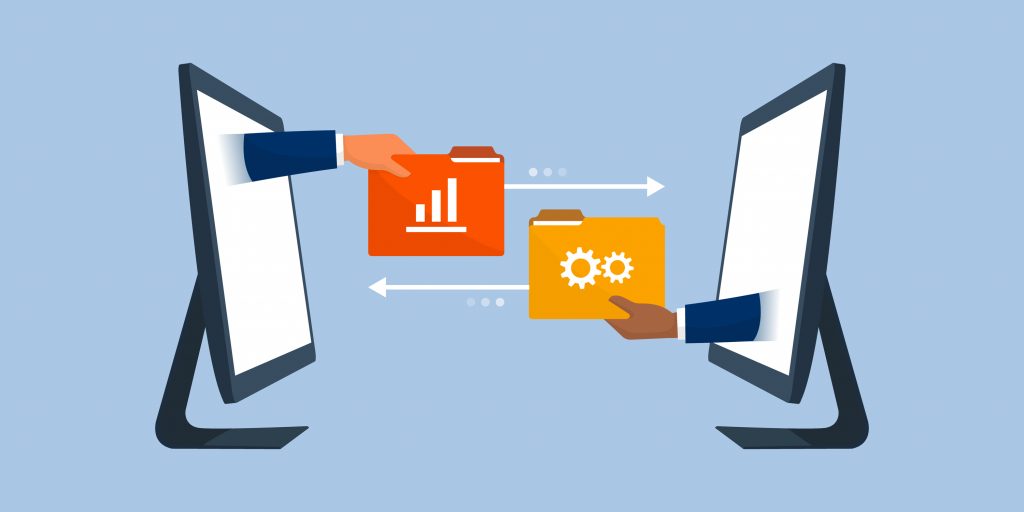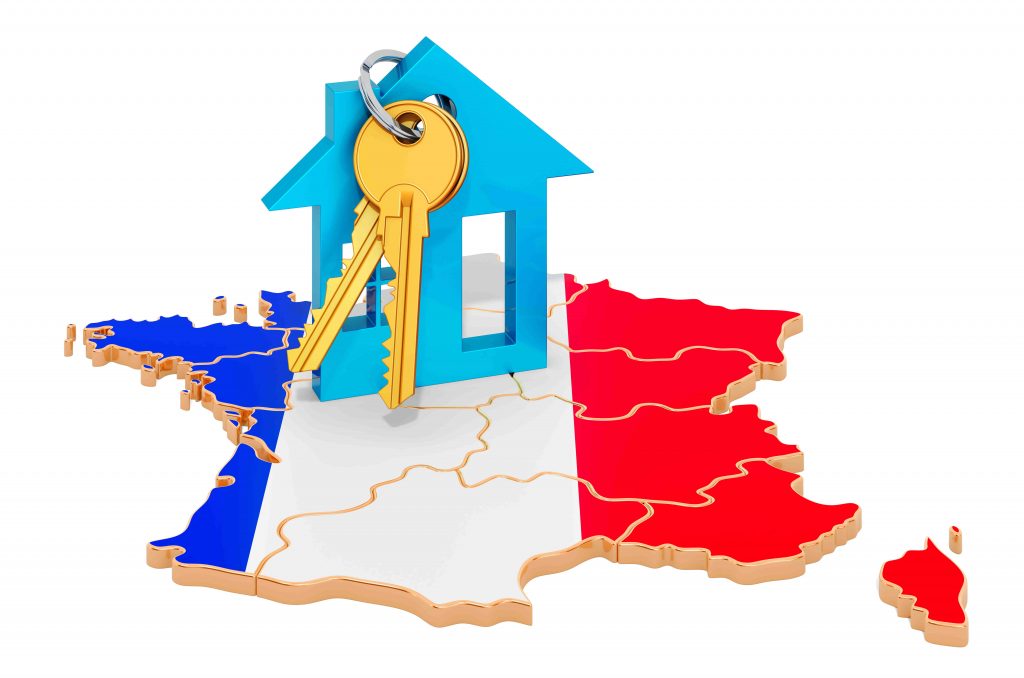
» Who is my client? « This is a seemingly simple question which was the subject of a lot of discussions at the 12th ACAMS conference in London this Tuesday and Wednesday.
« Who is my client? » Simple question?
Not so simple, let’s look more closely!
In SMEs , we often say that the customer is the one facing us . It is who we interact with … and who pays us.
But it’s more complicated than that. Let’s unravel the skein. The person who is in front of us is a natural person. The one who pays us, is most of the time a legal person. So here we are already facing two different persons.
The question of the legal person is rather simple.
We work for that person, so we automatically have a certain number of information: company details in the Registry of Commerce, balance sheets, accounting, tax data, etc. …
Our vigilance must still apply to current operations. Call it a regular control … But not to be overlooked anyway.
This question of vigilance will be the topic of another post because some interesting things were said in London about this topic.
It gets complicated when we think about the natural person…
Some dither, arguing that the approach is not as simple … Whatever, for us, the IBAKUS®KYC user must adopt a clear position with his prospect during the first contact and clearly announce that he applies the provisions of the 4th Directive to the letter. In practice this means that the economic beneficiary statements generated by the application must be signed in good faith by the persons concerned.
If the person in front of us tell us not to be the beneficial owner, one has to notify him that this is not a deal-breaker, but in the eyes of the law, the identification of the ultimate beneficial owner is an indispensable process.
If the exchange is positive but if it is difficult to meet the economic beneficiary, it is up to each party to find a solution for the identification to be done properly.
An anecdote: some time ago, my daughter, Ariane, who handles our Fiduciary FMV & Partners, had to identify an economic beneficiary from the United States who spends his life around the globe. After negotiating with the firm’s beneficial owner, his private plane made a detour to land in Luxembourg. Ariane was able to meet the person in the airport lobby and get him to sign the necessary documents ad hoc … Then he jumped into his jet and was gone to new adventures.
Initially, it was seemingly a mission impossible to make a correct identification, and after negotiation, it all worked itself out.
There are also the « grey zones »
Even if my interlocutor seems to act in good faith, I remain attentive to situations where he is actually the beneficial owner, but this position is tempered by :
- agreements between shareholders on voting rights: there are possibly arrangements that go way beyond the voting shares A and the non-voting shares B.,
- family relationships where some family members exert moral pressure on the economic beneficiaries to influence management decisions,
- a situation where a company has issued a convertible bond subscribed by one person or a small group and where the exercise of the conversion would completely upset the shareholders of the company.
As human imagination is limitless, it is the professional’s job to constantly be on the alert and attentive to recent developments.
For more information on clients, an exciting new development has just been put online in IBAKUS®KYC , namely the search for information in online news , about legal or natural persons, in addition to the usual Dow Jones searches.
Every night the application searches the web to find more information about the persons included in your database. This new service is free, included in the normal subscription.
If some information on one of your clients is found, it will be sent by email; in this case it is up to you to investigate. Consider for example a possible merger, relocation, etc. … It is always good to be informed as soon as possible.
What to do in front of « Layering »
Another obstacle encountered quite frequently is when a client company is owned by another company which is not a client, etc. We can multiply the layers at will!
This kind of barrier should not distract you from your obligation to identify the natrual person(s) who control(s) all of these companies. The Organization Chart of the application allows you to graphically visualize the links between the different persons or entities .
The hyperlinks in the Dow Jones files are a great way to move up in the participations and to reach the individuals controlling the entity.
Article 30 of the 4th Directive provides that all EU trade registers shall offer direct electronic access in June 2017 which will be a major step forward in clarifying these kinds of situations.
We are particularly attentive to the possibility of integrating this trade register access to IBAKUS®KYC. Numerous contacts were made, including those in London actually. According to some of the information received, some registers should already be accessible beginning June or July 2016. Let’s see…
We could go on for a while on this issue, speaking of listed companies, investment funds, trusts / foundations… The subject is vast. For me, it must remain simple: we have a lot of tools to help us to « know our client ». Let’s be tough and say that if the economic beneficiary absolutely wants to hide, it is because there is something fishy going on… So let’s keep away!







About The Author: Michel Vansimpsen
More posts by Michel Vansimpsen